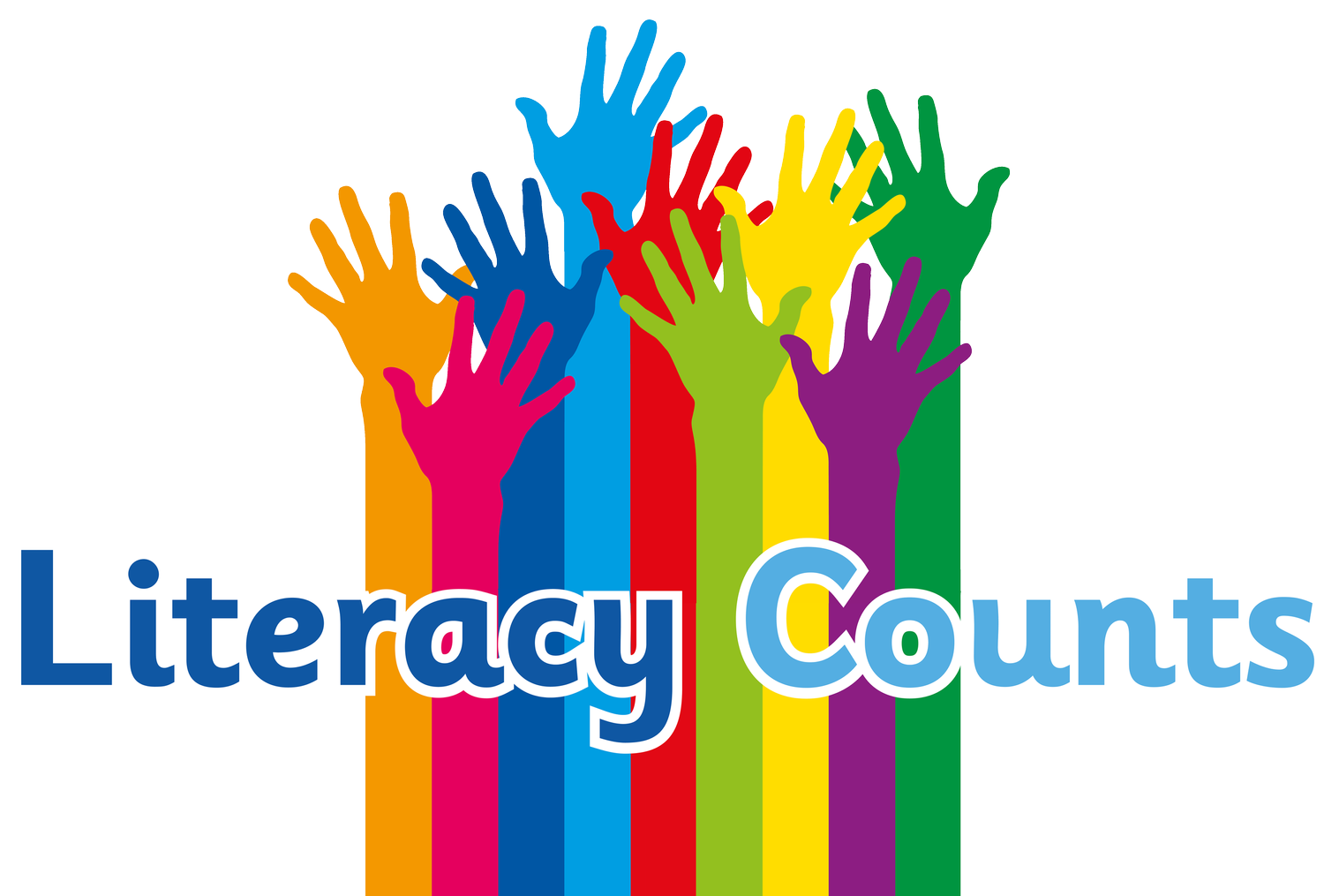What Makes Ready Steady Read Together So Powerful?
What happens when you combine high-quality texts with research-led pedagogy and a clear vision?
You create something that transforms teaching and learning.
Ready Steady Read Together is Literacy Counts’ brand-new shared reading resource for Years 2 to 6. Designed to raise reading outcomes, reduce teacher workload and create a love of literature, this fully digitised programme builds on the strong foundation of the nationally and internationally loved Ready Steady Comprehension (formerly known as Steps to Read).
Despite not being digital, Ready Steady Comprehension continues to have a powerful impact in classrooms:
“The reading units have transformed the way that we teach in our school in a way no other resource has ever managed to do. Seeing the progression mapped out and the quality of the texts and lesson plans made us certain, as a school, that this resource could not be matched.”
– K. McCormack, Alderman Bolton School, WPAT
“I am now excited to teach reading. Thank you, Literacy Counts – We’ve been waiting for this for a long time!”
– The Teaching Team at Middlewich Primary School
So, what is it?
Ready Steady Read Together builds on everything schools loved about the original programme but with new additions such as interactive slides, simplified planning and a fully digital format – all while maintaining the trusted structure and pedagogy.
In a recent information webinar, exclusive to member schools, Literacy Counts CEO, Gareth offered an in-depth look into the thinking behind the resource. With over 30 years of experience, Gareth is a nationally recognised leader in literacy, school improvement and educational leadership.
“We want to inspire children, schools and families to have a lifelong love of literature – to read through choice, for pleasure and for enjoyment,” Gareth explained. He went on to describe how the teaching sequence and structure of Ready Steady Read Together reflect a rich reading entitlement for all children. “Shared reading,” he clarified, “is a key element within a balanced and inclusive reading curriculum. It involves the teacher modelling and acting as an ‘expert,’ reading aloud and guiding children through texts that are intentionally beyond their independent level.”
“The teacher reads to, with and for the children,” Gareth said. “This allows every child to access ambitious, language-rich texts while developing their comprehension skills in a supportive, inclusive environment.” He also highlighted how the programme’s eight core comprehension strategies – including visualising, inferring, predicting and summarising – are explicitly taught and woven into every lesson. “These strategies empower children to become confident, strategic readers who can independently access and interpret challenging texts.”
The flexibility of the programme allows schools to integrate reading with wider curriculum learning. Weekly units can be taught in any order, while still covering the full progression of knowledge and skills across each term. For example, a Year 6 class learning about evolution in science might select a reading unit that explores themes of adaptation and inheritance, making deeper cross-curricular links.
“Shared reading is not just another reading lesson,” Gareth added. “It is a dynamic, inclusive experience that supports vocabulary, fluency and spoken language development through meaningful, guided discussion.”
The programme is structured as a 36-week sequence with five 40-minute lessons per week. It includes gamified quizzes, spoken language opportunities, modelled responses and built-in assessments – all designed to create a consistent, inclusive and enjoyable experience. Gareth also noted how the format helps reduce teacher workload: “The lessons save teachers a significant amount of planning time and are a great way to ensure that the explicit teaching of reading is consistent across the school.”
Assessment is seamlessly integrated throughout the resource, with daily formative checks and planned summative assessment intervals. These ensure that any misconceptions are addressed quickly, allowing children to receive timely support through Ready Steady Read Together: Go sessions. This ongoing assessment model provides schools with valuable insights into each child’s progress in reading comprehension.
Real Feedback from Real Classrooms
Ready Steady Read Together is already proving its impact in schools. During Spring Term 2025, we conducted a large-scale trial with schools across the country. The response was overwhelmingly positive:
100% of teachers agreed the lesson plans were easy to follow and supported consistent, high-quality teaching
97% felt the interactive slides were sequential and easy to use, helping staff feel confident
100% reported that children felt successful during their learning
97% of schools said children enjoyed their Ready Steady Read Together sessions
These results highlight how Ready Steady Read Together is already delivering inclusive, manageable and high-impact shared reading lessons in classrooms nationally and internationally. We invite you to be among the first to explore this exciting new resource.
Register your interest to receive:
Early access to sample materials
Priority purchasing opportunities
A link to our live virtual launch at 3.45pm on Wednesday 4 June 2025
Let’s inspire a love of literature through shared reading, where teachers love to teach and children love to learn.
Literacy Counts – We Lead on Reading & Writing







